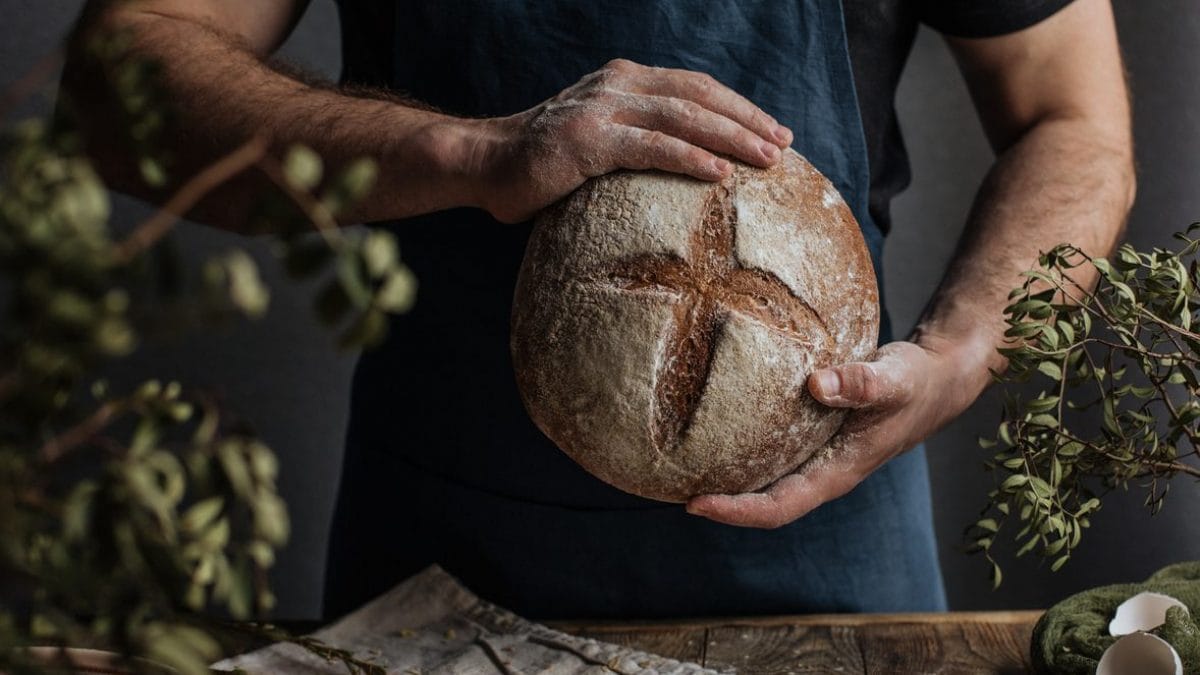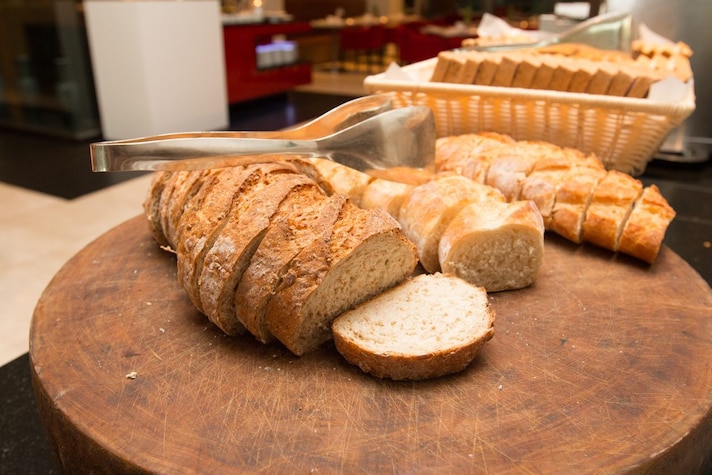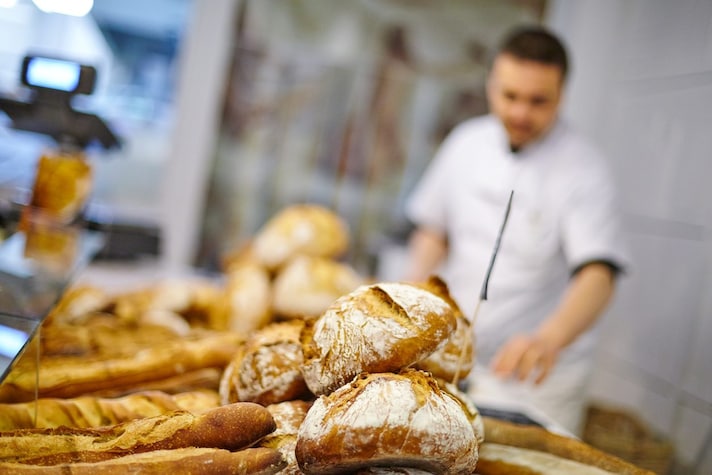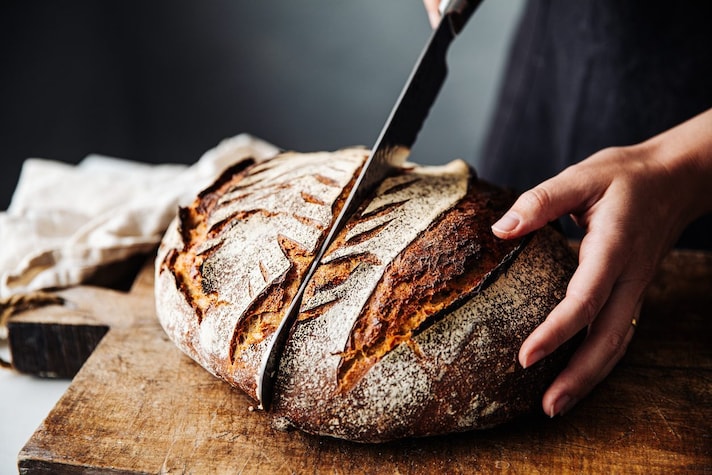
Partly due to trends, partly due to the economic crisis, when we go to the grocery store or a simple bakery we tend to be overwhelmed by an avalanche of bread. Buns, ancient grains, sandwich bread, rustic bread, sourdough starter, and so on, at ever-increasing prices. How can we tell if what we're buying is a quality product or not? Recognizing good bread requires a bit of experience and a lot of attention to detail. Quality ingredients, texture, aroma, the appearance of the crust, the crumb, and, of course, the flavor are essential. Let's look at some tips on what to look for when evaluating the quality of bread.
There is No Single Quality Bread
We often make a mistake when it comes to food: we trivialize it, believing it's all the same. For example, let's take unsalted bread: it's a bland product, and therefore, for some, it's tasteless and "ugly." To judge this bread poorly would be a mistake, because the unsalted bread of Florence and its surroundings is unique, with a centuries-old history.
We must never forget that there are different styles, techniques, and schools, a treasure of our nation. Throughout the world, we have highly hydrated breads made with select flours, traditional breads based on ancient recipes, and lighter, harder, more technically advanced breads. When we judge this foundational product of global gastronomy, we must evaluate it for what it is: a loaf of bread, in its appearance, its composition, the final result, its characteristics, and finally, its durability and shelf life. A loaf of bread is of quality if it achieves the result the baker intended. Good bread must have one characteristic common to all styles: balance, in flavor and texture.

Everything else is debatable, and it's up to the customer's personal taste to prefer one "school" or the other. A very common characteristic of traditional rustic breads is acidity, usually due to the use of abundant sourdough starter. In modern bakeries, this factor is much less pronounced, but both shopkeepers are right. Another point to be cautious about is baking: the United States and all of Europe north-east of Italy (from Austria on up, for example) have a very particular style that pushes baking to the limit of burnt. They do this to dehydrate the dough as much as possible and achieve an extremely crunchy crust with a soft, almost "pudding-like" crumb. When we find these products, we must be careful not to label them "burnt," because they could simply be overcooked. Of course, we must never forget that bread that is too dark on the surface is bad for our health because it develops too much acrylamide. It's just a question of style: it's up to us to find the one that best suits our taste.
How to Taste Bread and Understand if It's Good
Quality bread must taste good: this may seem trivial, but we must never forget it. Good bread must satisfy the palate first and foremost, but also the other senses. We can recognize it by its rich aroma and flavors, but it all starts with its appearance: it must be beautiful and fragrant.
The first thing we evaluate is the crust, along with the shape and thickness of the loaf. However, we have two contradictory pieces of advice to offer: to avoid waste, you should always buy the right amount of bread, because throwing away food is something we can no longer afford. At the same time, we must also emphasize that bread is at its best in large loaves. This is because the moisture content ensures better olfactory development in large loaves and has a much longer shelf life, depending on the size. The smell is also very important: high-quality fresh bread has an inviting aroma of wheat and yeast.

If the appearance and aroma of the bread convince us, we can buy it and now comes a delicate moment: cutting it. From this moment we can understand a lot about the consistency of the crust and crumb.
The crust shouldn't be rubbery, as it could be difficult to digest and made with very strong flour. There's little to say about this: good bread has a crunchy crust. You can also look for the so-called "bread sound," a hollow sound that comes out when you gently touch the underside of the bread. It should crackle, a melody we all instantly recognize and that brings back sweet memories.
The crumb is also important: don't be fooled by the air pockets, because a very airy bread isn't necessarily a good bread. The air pockets must be "embroidered." They must have their own consistency, a firm appearance, and be as regular as possible: round but tending towards elongated. The texture should be uniform, without large holes or overly dense areas.
The color of the crumb is also important, especially in whole-grain breads. Unfortunately, many products using this type of grain are fake: manufacturers use natural colorings, such as malt, to give them a more rustic appearance. Quality foods, not just bread, usually have pale colors; be wary of bright pigments. Finally, the most important clue: the flavor should be rich, with a slight acidity if made with sourdough; it should have toasted notes of wheat and straw; on the palate, you should be able to taste the different consistencies between the crust and the crumb. It should be satisfying, and bring us back to peace with the world around us.
The Ingredients And The False Myths
Unfortunately, it's complicated to get a list of ingredients in bakeries, but you should ask as many questions as possible. It's important to know the baking method and the type of wheat used for the flour. Good-quality bread is made with simple ingredients, and there must be 3 (+1) ingredients:
- high quality wheat flour,
- water,
- natural yeast or sourdough starter,
- salt, which comes as a bonus because there are some typologies that do not provide for it.
Avoid breads with long ingredient lists full of additives. If the product has even one extra ingredient, there's something wrong: those who add "stuff" to foods that don't need it usually have something to hide.

A very common myth in the world of baking, as in pizzerias, is that of long leavening. Marketing has convinced us that the longer a product leaves to rise, the better and more digestible it will be. This is wrong: every product has its own time frame. Those who use ancient grains, for example, can't wait too long because the protein bonds contained in these plants are much looser than those of more modern grains. Sometimes four hours are enough to make good bread.
The truly necessary time we should consider is the resting time: quality bread rests between four and seven hours after baking. This time is crucial and is as much a part of the "ingredients" as the flour. Warm bread is a childhood memory and a crucial cultural legacy, but it's not advisable: bread must rest to fully release its flavor. Eating warm bread can also cause problems: for many, it's harder to digest, but this varies from person to person. This situation is so common in some parts of the world that in pre-revolutionary Russia, bread could only be sold a few hours after baking. Given the temperatures, bread couldn't be simply "hot" or "cold": it cooled very quickly. Therefore, more than temperature, bread needs to rest once baked, before being enjoyed as we prefer.
;Resize,width=767;)
